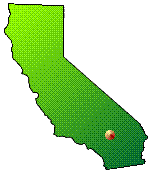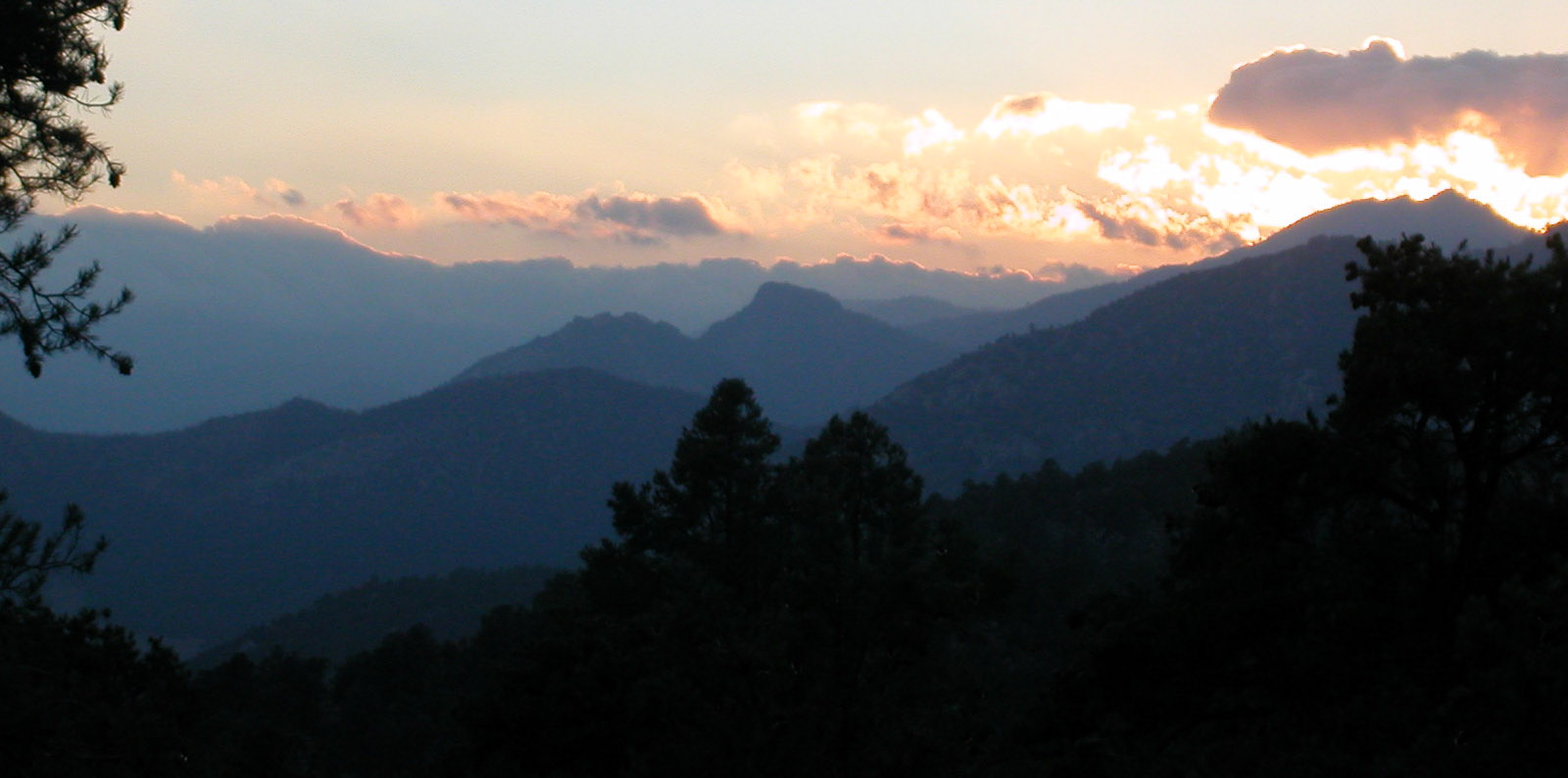Sequoia National Forest
Full of trails, meadows, streams and spectacular views, this area starts at Kennedy Meadows.

Golden Trout Wilderness
The Golden Trout Wilderness is located in both the Sequoia and Inyo National Forests and encompasses 475 square miles of pristine lakes, jagged peaks, and lush green meadows. Visitor permits (required only for the Golden Trout Wilderness) are available free from ranger stations near wilderness entry points.
South Sierra Wilderness
The South Sierra Wilderness consists of 63,000 acres of high meadow lands between forested ridges in both the Sequoia and Inyo National Forests. Elevations range from 6,100 feet near Kennedy Meadow to Blanch Peak at 12,123 feet. Trail access is available from forest roads to the east, south, and west.
Dome Land Wilderness
The Dome Land Wilderness covers 94,695 acres of the southeast part of the Kern Plateau. It is filled with a series of rugged domelike rock formations, including Church Dome, one of its outstanding scenic points. Because of its lower elevations, visitors especially enjoy this wilderness during the spring and fall.
BLM Land Near Sequoia National Forest:
Owens Peak Wilderness
Size:
73,767 acres. 
Location: Kern, Tulare and Inyo Counties; 15 miles northwest of Ridgecrest, California (Note: Boundary set backs from roads or trails are 30 to 300 feet)
Area Description : The majority of this wilderness is comprised of the rugged eastern face of the Sierra Nevada Mountains. Owens Peak, the high point of the southern Sierra Nevada's, rises more than 8,400 feet. The mountainous terrain has deep, winding, open and expansive canyons, many which contain springs with extensive riparian vegetation. This area is a transition zone between the Great Basin, Mojave Desert and Sierra Nevada ecoregions. Vegetation varies considerably with a creosote desert scrub community on the bajadas, scattered yuccas, cacti, annuals, cottonwood and oak trees in the canyons and valleys and a juniper-pinyon woodland with sagebrush and digger/grey pine on the upper elevations. Wildlife includes mule deer, golden eagle and prairie falcon. Evidence of occupation by prehistoric peoples has been found throughout the wilderness. The Pacific Crest Trail passes through the wilderness along the crest and western side.
Getting There : Access this wilderness from the south via Canebrake Road, off State Highway 178; from the east via U.S. Highway 395 north of Inyokern and along four-wheel drive- recommended routes into Indian Wells Canyon, Short Canyon, Sand Canyon, and No Name Canyon; and from the north via U.S. Highway 395 north Inyokern along Ninemile Canyon Road.



